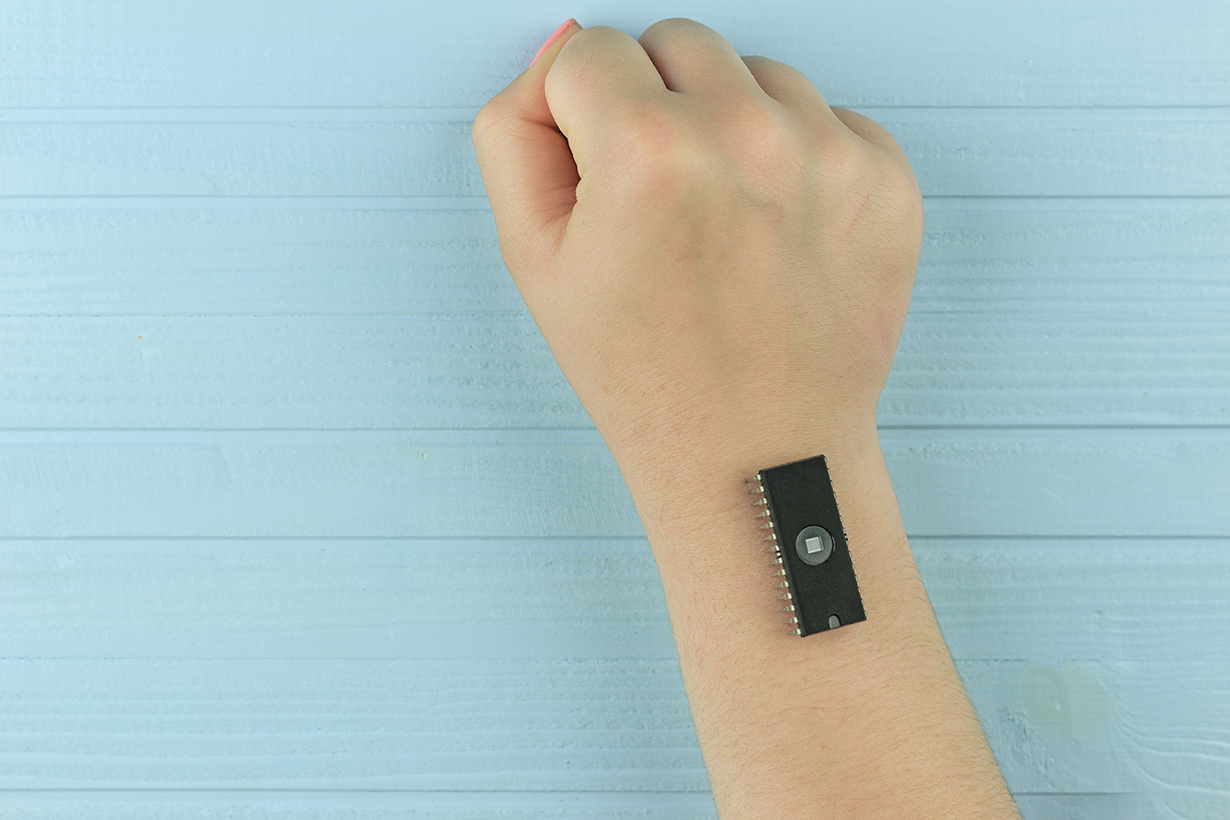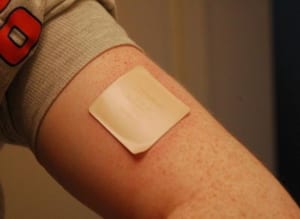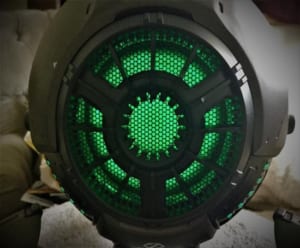CLOSE
About Elements
TANAKA is a leading company in the field of precious metals.
Advanced materials and solutions that support societal progress, the development stories behind them, the voices of engineers, and our management philosophy and vision—
Elements is an online media platform that shares insights that lead to a better society and a more prosperous future for the planet under the slogan “Mastering Precious Metals.”

E-skin monitor captures vital signs

The new device is a sensitive add-on to the body, that takes the form of a thin piece of electronic skin (‘e-skin’) and it is placed onto a layer of human skin, in order to take accurate measurements.
The e-skin will have similar properties to human skin, including characteristics like mechanical durability and stretchability. In addition, there will be the and the ability to measure different sensations such as temperature and pressure.
Device development
The new wearable body sensor comes from the California Institute of Technology and it was developed by a researcher called Professor Wei Gao and it is an ultrathin, stretchable electronic device produced by 3D printing.

The unique factor about the device is that is that it does not need a battery to power it. Instead the e-skin runs off the body’s perspiration. This makes the e-skin very different to comparable devices, which require batteries or near-field communication (a communications protocol that enables
two electronic devices to exchange data over a distance of around 4 centimetres in order to operate. The video below provides further details about the e-skin development:

Play Video
Powering the device

The chemical properties of sweat were harnessed to create an e-skin pump. Through this the device’s fuel cells have been
configured to absorb lactate, which is found in sweat. The lactate is combed it with oxygen from the air. The reaction produces water and pyruvate, and the reaction of metabolic analytes allows electricity to be generated at a sufficiently high level as so to power sensors plus a Bluetooth enabled device.
Research challenges
Talking with Laboratory Roots, Professor Gao says: “One of the major challenges with these kinds of wearable devices is on the power side.” The coming up with a robust answer to this challenge was essential to the research, as Gao continues: 2Many people are using batteries, but that’s not very sustainable. Some people have tried using solar cells or harvesting the power of human motion, but we wanted to know, ‘Can we get sufficient energy from sweat to power the wearables?’ and the answer is yes.”
Future robotics

The development not only has an advantage for measuring human health, it also helps to accelerate the advances in creating robots that have an ability to sense their environment to a similar degree to humans, paving the way for next-generation prosthetics.
Research paper
The research has been published in the journal Science Robotics and the research paper is titled “Biofuel-powered soft electronic skin with multiplexed and wireless sensing for human-machine interfaces.”
Essential Science
This article is part of Digital Journal’s regular Essential Science columns. Each week Tim Sandle explores a topical and important scientific issue.

Last week we looked outwards,
to our own galaxy. This related to an investigation into the Milky Way’s hundreds of satellite galaxies (which appear very faint, and many of which have only recently been discovered). Astronomers hope this examination could help reveal link between dark matter halos and galaxy formation. The week before we looked into COVID-19 and cannabis use. This was in light of medical data that suggests users of medicinal cannabis are being hit worse by COVID-19 symptoms compared with other members of the population. This may suggest an issue with the lungs or cannabis itself.
This article was from Digital Journal and was legally licensed through the NewsCred publisher network. Please direct all licensing questions to legal@newscred.com.
![]()







